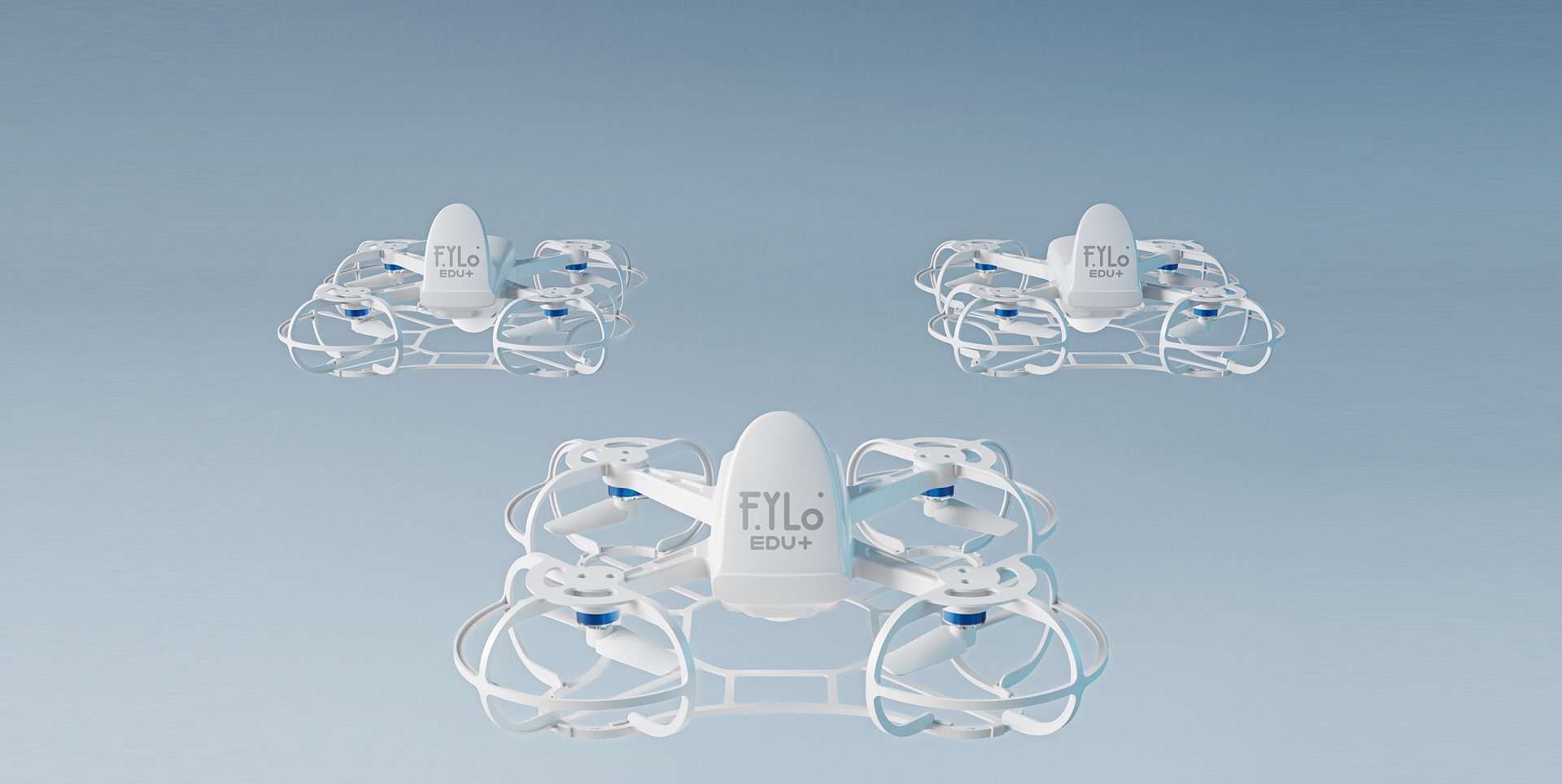Role of Programming Drones in Elementary Education
The integration of technology and elementary education is developing rapidly, and drones are integrated into the classroom environment, bringing a unique blend of computational thinking, hands-on learning, and real-world problem-solving skills. In this blog post, HighGreat, a high performance programmable drone manufacturing company, will share the role of drones in elementary education and how they support learning in STEM (science, technology, engineering, and mathematics) subjects.
Introducing Programming Concepts Through Drones
At the heart of educational drone usage lies programming - a core competency of the 21st-century digital skillset. Drones are often paired with block-based programming environments such as Scratch, Tynker, or proprietary platforms like DJI Tello EDU or Parrot Education. These platforms abstract the complexity of coding syntax and allow young learners to create logical command sequences through drag-and-drop interfaces. This method introduces fundamental concepts such as loops, conditionals, variables, and functions in an intuitive and engaging manner.
For example, students may be tasked with programming a drone to take off, follow a square flight path, and land. To achieve this, they must understand how to represent directional movement, calculate angles and distances, and structure these operations sequentially. As their skills develop, students can transition to text-based coding using Python or JavaScript, enabling more complex behaviors such as real-time sensor integration and autonomous decision-making.

Role Of Drones In Elementary Education
Enhancing Problem-Solving and Critical Thinking
Programming drones naturally encourages algorithmic thinking - the ability to define step-by-step solutions to problems. In a typical classroom activity, students might work in groups to develop code that navigates a drone through a maze or delivers a mock "supply drop" to a designated area. These challenges require them to plan strategically, debug code iteratively, and collaborate effectively.
This process mirrors the software development lifecycle: defining a goal, breaking it into sub-problems, writing code, testing it, and refining it based on outcomes. When the drone doesn't perform as expected, students must analyze telemetry data or interpret error feedback to diagnose what went wrong - reinforcing persistence and resilience, qualities essential not just in computer science but across academic disciplines.
Bridging the Gap Between the Virtual and Physical World
Unlike traditional screen-based coding, programming drones provides immediate physical feedback. When a line of code is executed, the result is observable in the drone' s flight behavior. This tangible connection strengthens the students' understanding of cause and effect. The physical manifestation of abstract programming concepts also makes learning more inclusive for kinesthetic learners who benefit from motion and spatial reasoning.
Moreover, drones often come equipped with sensors such as gyroscopes, accelerometers, barometers, and cameras. When students program drones to respond to environmental stimuli - such as changing altitude based on pressure data or capturing images at set intervals - they begin to understand how software interacts with hardware, laying the foundation for disciplines like robotics, mechatronics, and the Internet of Things (IoT).
Fostering Interdisciplinary Learning
The educational potential of drones extends beyond computer science. In mathematics, drones can be used to explore geometry (e.g., calculating flight paths or angles of rotation), arithmetic (e.g., speed, time, and distance relationships), and graphing (e.g., plotting trajectory data). In science, students can model real-world scenarios such as ecological surveys or disaster response simulations, integrating concepts from physics, biology, and environmental studies.
Furthermore, programming drones lends itself to project-based learning (PBL), where interdisciplinary curricula converge. A PBL activity might involve students designing a drone-based solution to monitor wildlife in a simulated ecosystem. This would involve research (science), mapping and measurement (math), mission planning and coding (technology), and presenting findings (language arts), all centered around the use of drones.
Encouraging Early Engagement with Engineering and Technology
Exposing students to drone technology early in their academic journey can demystify advanced engineering concepts. Even at an elementary level, students are introduced to principles such as propulsion, stability, thrust-to-weight ratios, and battery management. This sparks curiosity and fosters early interest in aerospace engineering and computer science careers.
Moreover, assembling simple drone kits can give students hands-on experience with electronics, circuitry, and mechanical design, further enhancing their understanding of how complex systems are built and maintained.
Addressing Safety and Ethical Considerations
With the increasing presence of drones in schools, it' s imperative to teach students about safety, responsibility, and ethics in drone use. This includes understanding flight restrictions, respecting privacy laws, and maintaining safe operational practices. Through guided instruction, students learn about geofencing, no-fly zones, and proper pre-flight checks, instilling a strong foundation of digital citizenship and accountability.
Educators also play a critical role in contextualizing drone use within societal discussions - such as surveillance, data privacy, and automation - encouraging students to think critically about the implications of emerging technologies.
Conclusion
The role of programming drones in elementary education is multifaceted and transformative. These tools are more than just engaging gadgets; they represent a confluence of programming, engineering, mathematics, and critical thinking. By embedding drones into curricula, educators can cultivate a generation of learners who are not only tech-savvy but also creative, analytical, and ethically aware. As educational technology continues to evolve, drones stand out as a gateway to a richer, more dynamic learning experience - preparing students for the challenges and opportunities of a digital future.

 Telephone No.Email
Telephone No.EmailMailbox number:marketing@hg-fly.com



